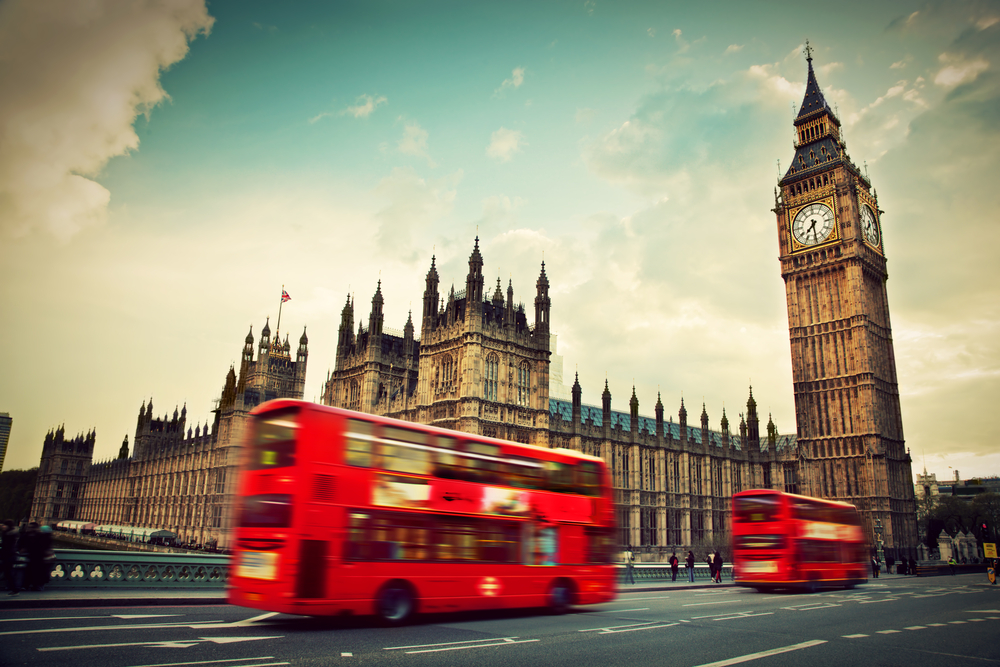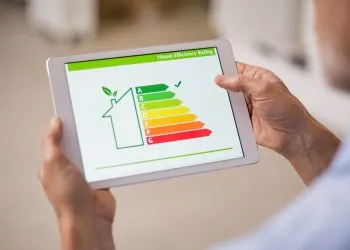There are signs that the fall in house price growth in London is starting to bottom out, with year-on-year price falls not expected in 2017. The latest Hometrack UK Cities House Price Index shows that house price inflation for London plummeted from 14.0% in May 2016 to 3.3% in May 2017. However, this pronounced decline […]
 There are signs that the fall in house price growth in London is starting to bottom out, with year-on-year price falls not expected in 2017.
There are signs that the fall in house price growth in London is starting to bottom out, with year-on-year price falls not expected in 2017.
The latest Hometrack UK Cities House Price Index shows that house price inflation for London plummeted from 14.0% in May 2016 to 3.3% in May 2017. However, this pronounced decline in the annual rate of growth in London is starting to bottom out, with growth expected to plateau at between 2-3%.
Annual house price growth is running at 5.1% per annum, down from 8.8% in May 2016.
Despite the snap general election, average prices have increased by 3.5% over the past three months – the highest quarterly rate of growth for four years.
This increase has been driven by above average growth in large regional cities such as Birmingham (3.8%), Nottingham (3.8%), Newcastle (3.5%) and Manchester (3.3%).
Apart from Oxford and Aberdeen, where prices have fallen in the last quarter by -0.6% and -0.9% respectively, all cities listed in the Index have registered higher growth in the last three months.
Birmingham (7.7%) and Manchester (6.8%) are the fastest growing cities and are now firmly established as the engine for national house price growth. Both cities have delivered a sustained and consistent level of house price growth in the last year and show little signs of slowing.
Hometrack expects further house price growth in most major regional cities outside of London and the South East over the course of the year.
Since 2009 house prices in London and Cambridge have increased by 85% while in Glasgow they’ve risen by just 12%. Hometrack’s view is that there is clear potential for house prices in regional cities to close the gap as long as mortgage rates remain low and the economy continues to grow.
Richard Donnell, research and insight director at Hometrack, said: “Our latest report identifies two contrasting trends. First there is clear potential for additional house price growth in cities outside south eastern England. House prices in London have grown 90% since 2009 but growth in 10 cities has been below 30% over the same period. So long as the economy continues to grow, and mortgage rates remain low, we expect house prices to keep rising at a steady rate and close the gap to London.
“In London, where affordability is most stretched, house price growth has slowed rapidly in the last year on weaker demand and growing uncertainty. The annual rate of house price growth in London has bottomed out for now as turnover falls and supply tightens. We don’t expect year on year falls in our London index in 2017 but there are small price falls in localised markets, typically those with average prices of between £600,000 and £800,000.
“Given the uncertainty over the Brexit negotiations and the impact on the economy we believe that house prices will need to adjust further over the next one to three years to align with what demand is prepared to pay.”
[box style=”4″]
What Mortgage has teamed up with London & Country to offer you expert advice on the right mortgage deal.
Whether you’re buying a new home, remortgaging to a new deal or buying an investment property, L&C can help – and you’ll pay no fee for their advice. To find out more, click here.
[/box]














